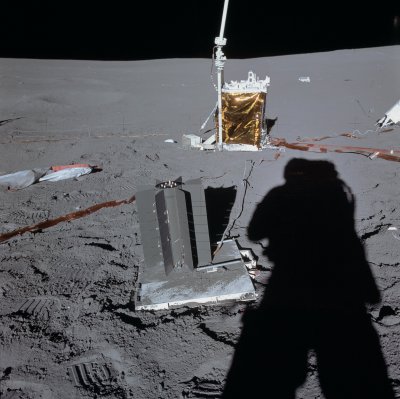
Although the US’ Moon landings were mostly made famous by the fact that it featured real-life human beings bunny hopping across the lunar surface, they weren’t there just for a refreshing stroll over the lunar regolith in deep vacuum. Starting with an early experimental kit (EASEP) that was part of the Apollo 11 mission, the Apollo 12 through Apollo 17 were provided with the full ALSEP (Apollo Lunar Surface Experiments Package). It’s this latter which is the subject of a video by [Our Own Devices].
Despite the Apollo missions featuring only one actual scientist (Harrison Schmitt, geologist), these Bendix-manufactured ALSEPs were modular, portable laboratories for running experiments on the moon, with each experiment carefully prepared by scientists back on Earth. Powered by a SNAP-27 radioisotope generator (RTG), each ALSEP also featured the same Central Station command module and transceiver. Each Apollo mission starting with 12 carried a new set of experimental modules which the astronauts would set up once on the lunar surface, following the deployment procedure for that particular set of modules.
Although the connection with the ALSEPs was terminated after the funding for the Apollo project was ended by US Congress, their transceivers remained active until they ran out of power, but not before they provided years worth of scientific data on many aspects on the Moon, including its subsurface characteristics and exposure to charged particles from the Sun. These would provide most of our knowledge of our Moon until the recent string of lunar landings by robotic explorers.
Heading image: Apollo Lunar Surface Experiments Package of the Apollo 16 mission (Credit: NASA)
Continue reading “ALSEP: Apollo’s Modular Lunar Experiments Laboratory”













